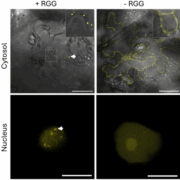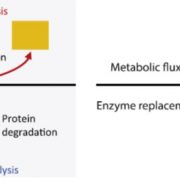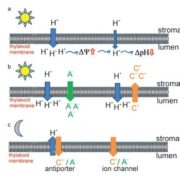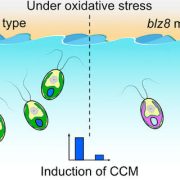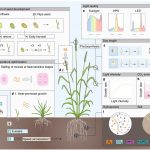Awaking the sleeping carboxylase ($) (JACS)
 One of the things I like most about synthetic biology is the “why not” attitude. This article by Bernhardsgrütter et al. is intriguing because rather than taking the standard “let’s fix Rubisco approach,” the authors started with a non-CO2 fixing enzyme and engineered it towards having carboxylase activity. Why not? The authors used the Design-Build-Test cycle to alter the active site of two bacterial reductases. They started by searching the superfamily of medium-chain dehydrogenases/reductases (MDR) for a previously-identified CO2-binding motif, and then tested (in vitro and using Molecular Dynamics simulations) and optimized the catalytic site to “awaken” the carboxylation activity. They conclude, “This opens the possibility for the future engineering of novel CO2-fixing enzymes that could find application in biocatalysis and synthetic biology.” (Summary by Mary Williams) J. Am. Chem. Soc. 10.1021/jacs.9b03431
One of the things I like most about synthetic biology is the “why not” attitude. This article by Bernhardsgrütter et al. is intriguing because rather than taking the standard “let’s fix Rubisco approach,” the authors started with a non-CO2 fixing enzyme and engineered it towards having carboxylase activity. Why not? The authors used the Design-Build-Test cycle to alter the active site of two bacterial reductases. They started by searching the superfamily of medium-chain dehydrogenases/reductases (MDR) for a previously-identified CO2-binding motif, and then tested (in vitro and using Molecular Dynamics simulations) and optimized the catalytic site to “awaken” the carboxylation activity. They conclude, “This opens the possibility for the future engineering of novel CO2-fixing enzymes that could find application in biocatalysis and synthetic biology.” (Summary by Mary Williams) J. Am. Chem. Soc. 10.1021/jacs.9b03431


